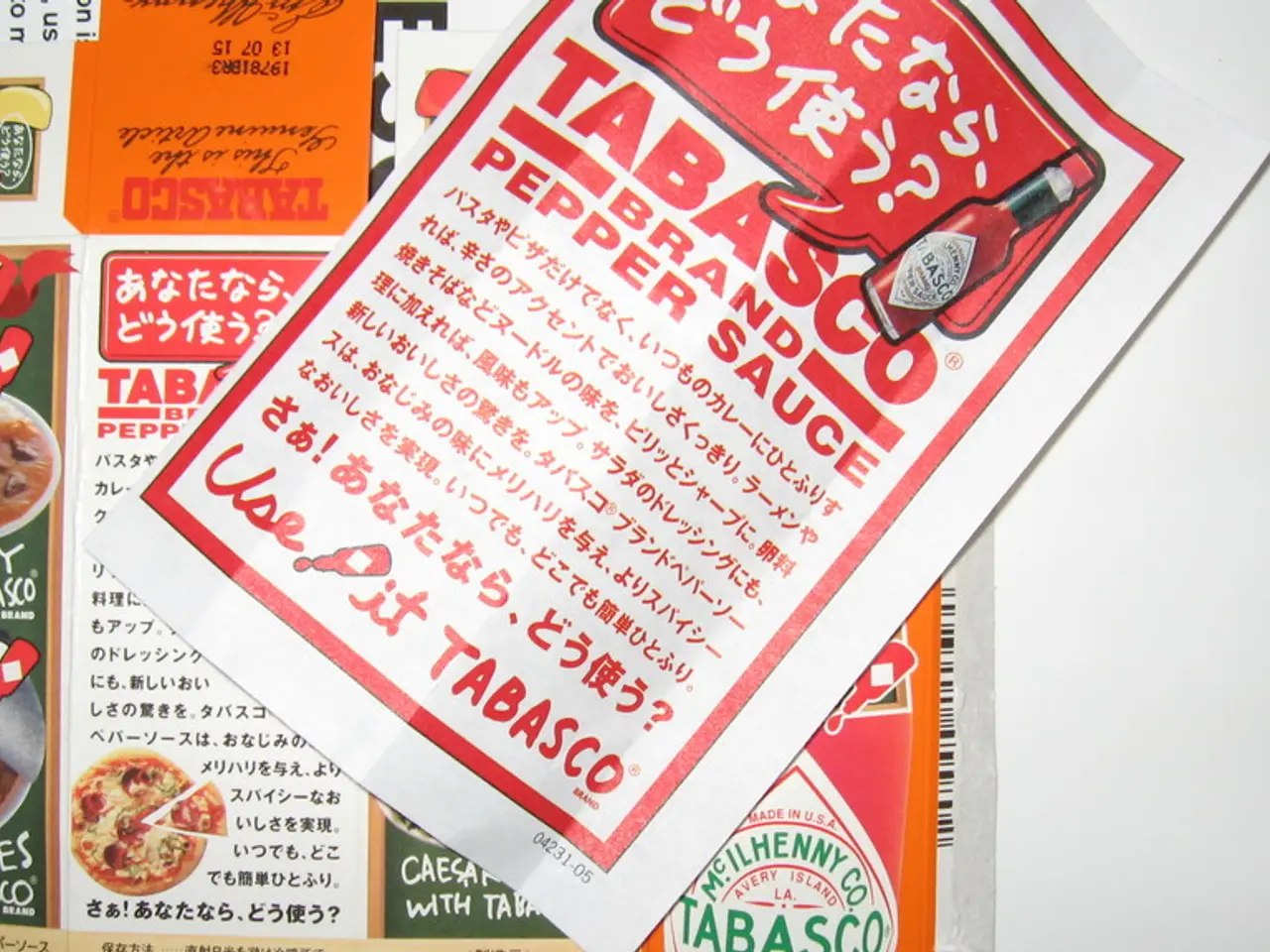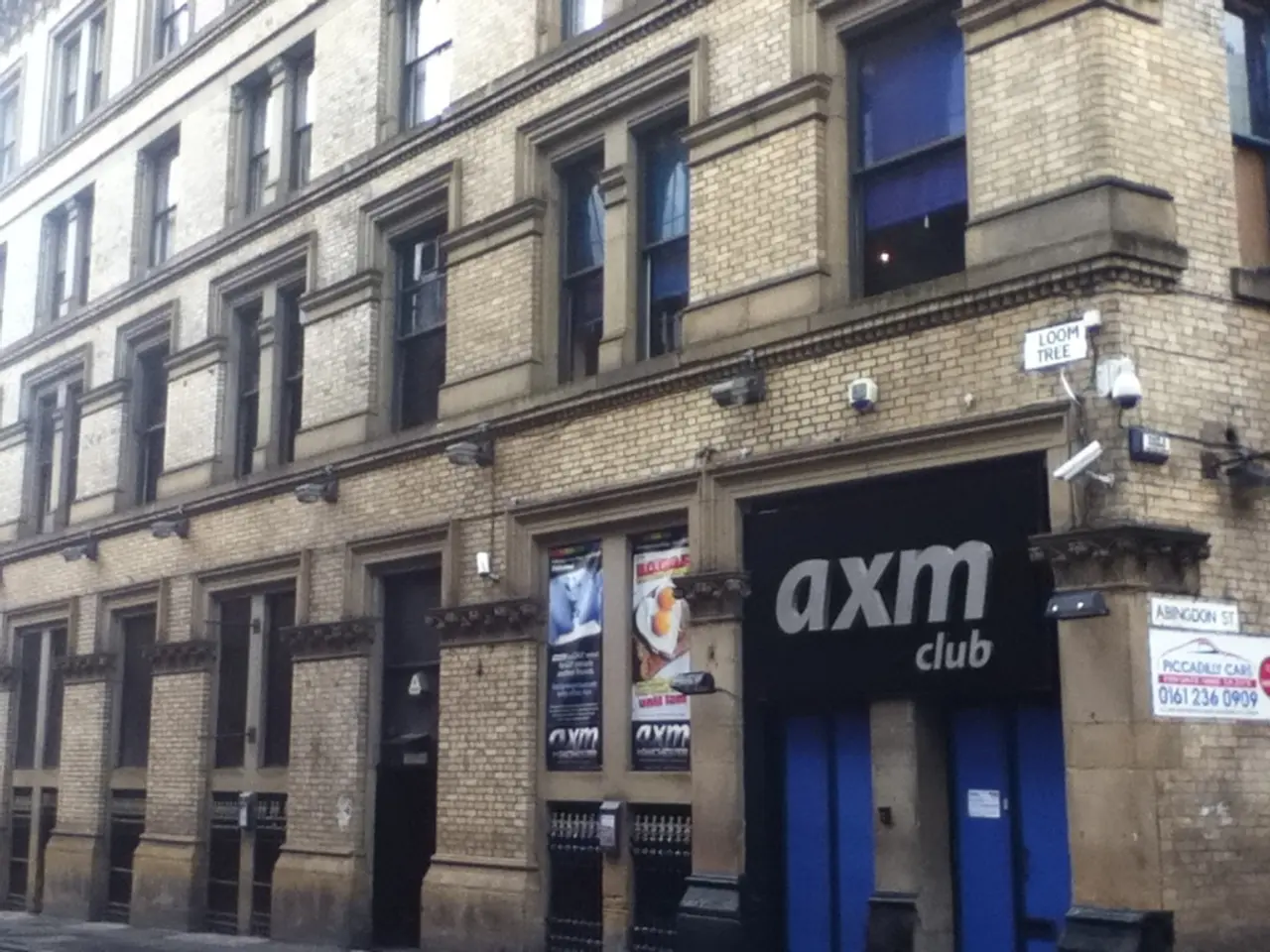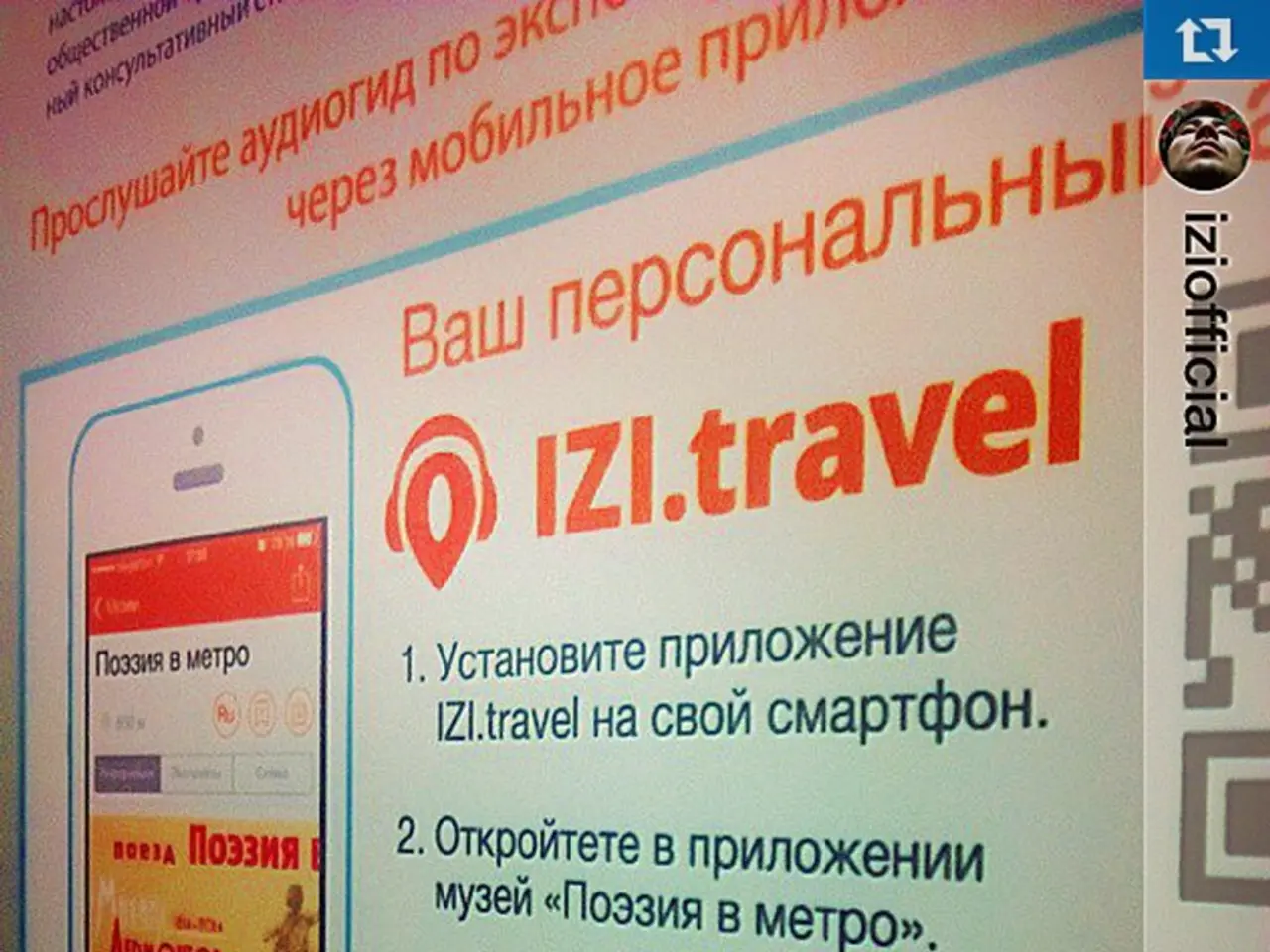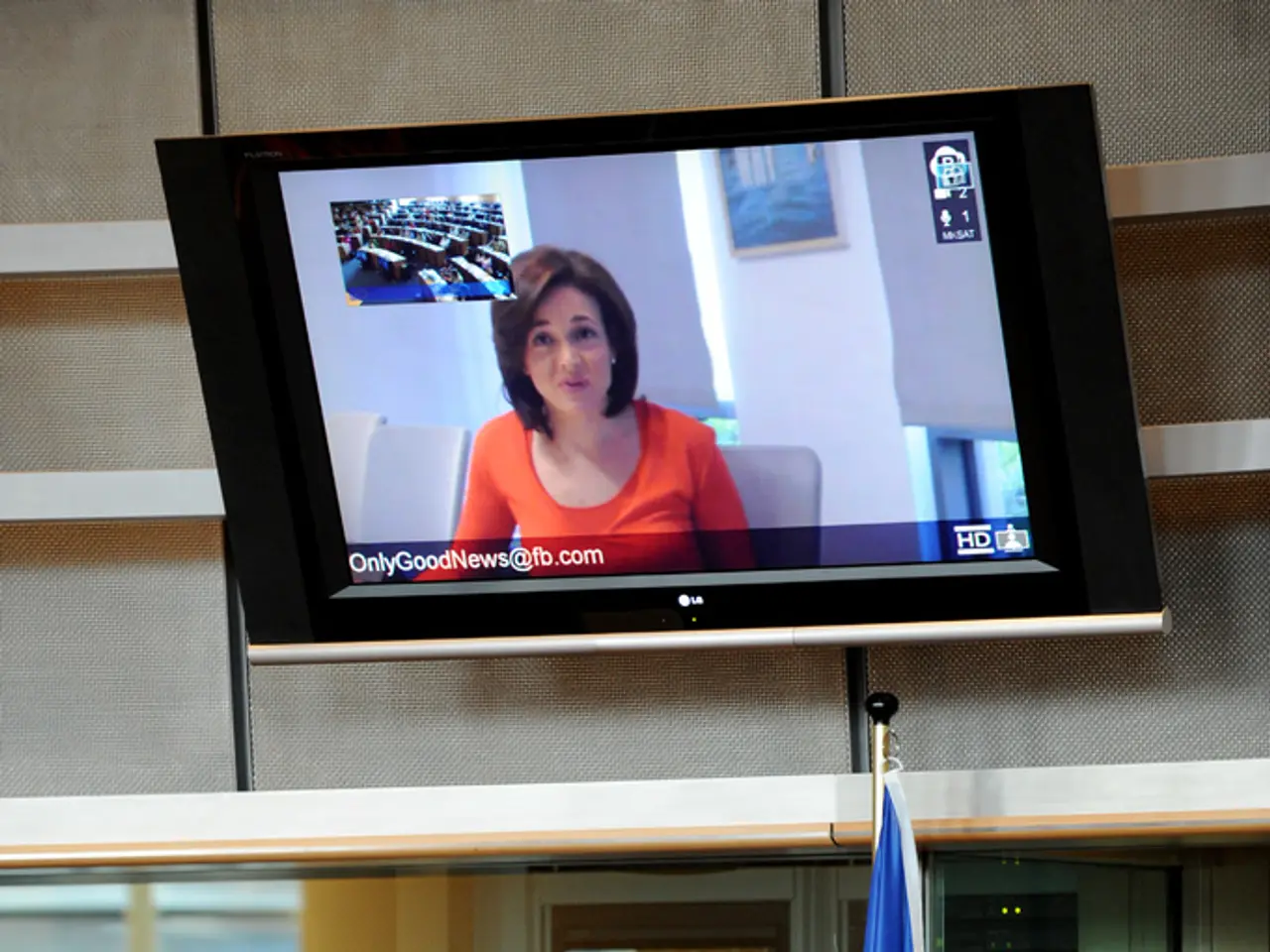Growing Your Food Brand Through Influencer Marketing: 7 Strategies to Consider
In the bustling world of food and dining, businesses are constantly seeking innovative ways to capture the attention of potential customers and build a loyal following. One such approach that has gained significant traction is food influencer marketing. This strategy, when executed effectively, can help restaurants and food brands boost their visibility, increase local awareness, and drive foot traffic.
Collaborating with Local Influencers
At the heart of successful food influencer marketing lies the collaboration with local and micro-influencers. These individuals, who typically have between 1,000 and 10,000 engaged followers, boast a loyal local following that can generate authentic buzz and drive local diners to your establishment. Unlike big celebrity accounts, these influencers often yield higher engagement and trust, making them invaluable partners.
Hosting Tasting Events
Inviting local food bloggers and micro-influencers to exclusive tasting events or invitation-only previews is another effective strategy. This allows them to experience the food and service firsthand, generating multiple high-quality content pieces and honest reviews.
Encouraging Authentic User-Generated Content
Leveraging user-generated content (UGC) on platforms like Instagram and TikTok is crucial. By encouraging guests to share photos, reels, stories, and geo-tags, you can enhance local visibility and authenticity. Sharing guest posts not only encourages word-of-mouth marketing but also provides social proof.
Organic and Paid Social Media Campaigns
Combining organic influencer collaborations with targeted paid social ads on platforms like Instagram and Facebook can significantly increase reach and engagement. Geo-targeting, lookalike audiences, and retargeting ensure that your content reaches potential and previous customers effectively.
Utilising Trending Hashtags and Engaging Formats
Incorporating trending hashtags, location tags, and engaging formats like reels, carousel posts, or short cooking/tutorial videos can help capture attention and ride viral trends.
Storytelling and Behind-the-Scenes Content
Incorporating storytelling and behind-the-scenes content can help build emotional connections and keep content fun, raw, and authentic, increasing the likelihood of shares and engagement.
Integrating Influencer Marketing into a Broader Digital Strategy
Successful food influencer marketing should not be viewed as a standalone strategy but as a component of a broader digital strategy. This includes email marketing, CRM personalization, loyalty programs, and timely social announcements for cohesive brand presence.
The Benefits of Food Influencer Marketing
Investment in food influencer marketing pays dividends through increased brand awareness, customer acquisition, and community building, which traditional advertising cannot achieve. Effective measurement strategies ensure tangible business results, including engagement metrics, traffic and conversion tracking, brand awareness and sentiment analysis, and long-term relationship-building.
In 2025, restaurants and food brands can effectively build trust, increase local awareness, drive foot traffic, and boost sales by adopting a strategic approach to food influencer marketing. This approach focuses on authentic relationships with trusted local influencers and engaging real customer content amplified by strategic social media marketing and paid targeting, delivering measurable ROI.
The Evolution of Food Influencer Marketing
Food influencer marketing has transformed from simple product placement into sophisticated relationship-building that drives genuine business results. Audience alignment matters more than follower count; an influencer with 5,000 highly engaged local followers often delivers better results than someone with 50,000 disengaged subscribers.
Beyond Social Media: YouTube and Augmented Reality
YouTube long-form content includes detailed restaurant reviews, cooking tutorials, collaborations, and local food guide features. Augmented reality filters and interactive content create immersive experiences that drive engagement, such as virtual menu previews, recipe visualisations, and interactive cooking challenges.
AI and Personalisation
AI-enhanced content creation and personalisation tools help identify trending topics, optimal posting times, and audience preferences more accurately, significantly improving campaign effectiveness.
Platform-Specific Optimisation
Each social media platform requires a tailored approach to maximise engagement and reach, understanding platform nuances, audience behaviours, and content formats. For instance, TikTok optimisation techniques include quick, engaging videos under 60 seconds, trending audio and hashtag incorporation, before/after reveals, and staff personalities showcase.
Tracking Performance and Continuous Optimisation
Tracking campaign performance using KPIs like reach, engagement, website traffic, and sales conversions for continuous optimization and clear return on investment is essential. By staying agile and adapting to changing trends and audience preferences, businesses can ensure their food influencer marketing efforts remain effective and deliver the desired results.
- Collaborating with local and micro-influencers, who have between 1,000 and 10,000 engaged followers, is at the core of successful food influencer marketing.
- Inviting these local food bloggers and micro-influencers to exclusive tasting events or invitation-only previews can generate multiple high-quality content pieces and honest reviews.
- Encouraging guests to share photos, reels, stories, and geo-tags on social media platforms like Instagram and TikTok can enhance local visibility and authenticity.
- Combining organic influencer collaborations with targeted paid social ads on platforms like Instagram and Facebook helps increase reach and engagement.
- Incorporating trending hashtags, location tags, and engaging formats like reels, carousel posts, or short cooking/tutorial videos helps capture attention and ride viral trends, driving potential foot traffic.







